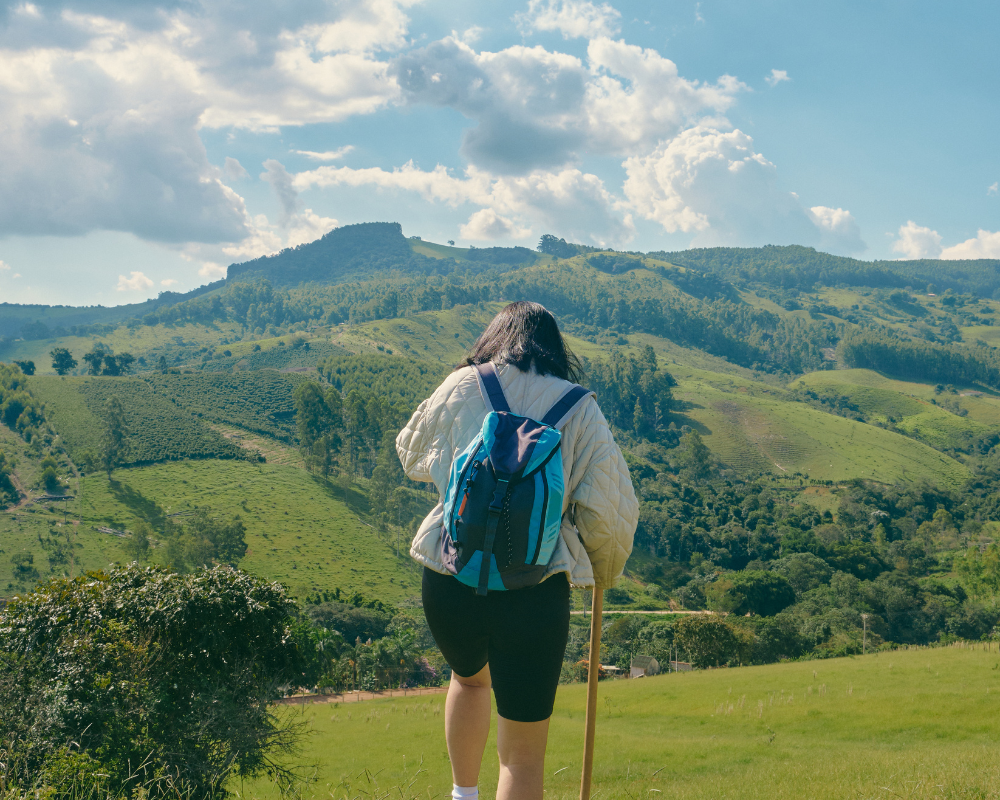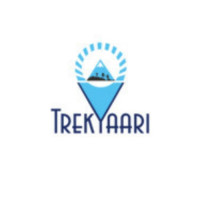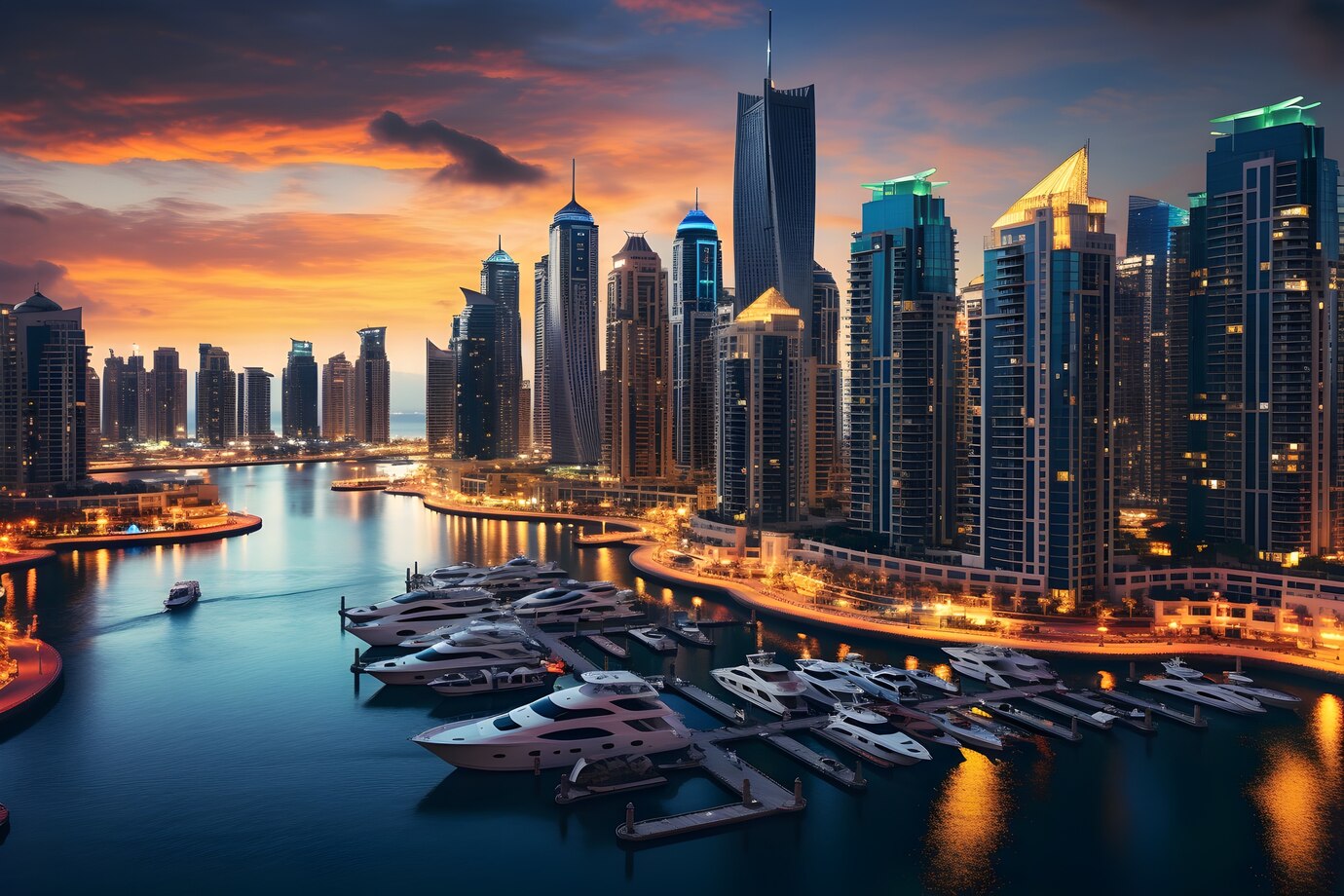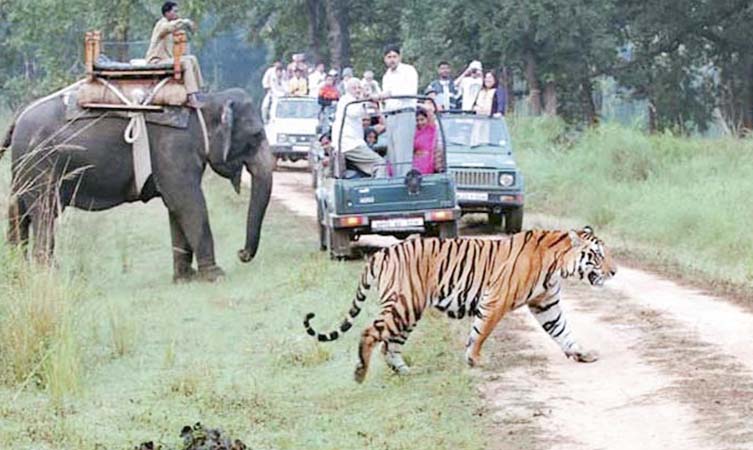When Does the Kashmir Great Lakes Trek Season Start and End?

Strong 8k brings an ultra-HD IPTV experience to your living room and your pocket.
The Kashmir Great Lakes Trek is often described as one of the most beautiful treks in India. Nestled in the Himalayas, this journey takes adventurers through lush meadows, alpine forests, glacier-fed rivers, and of course, a string of pristine high-altitude lakes. But when it comes to planning this magical expedition, one of the most crucial questions trekkers ask is: When does the Kashmir Great Lakes Trek season start and end?
In this comprehensive guide, we'll walk you through the best months to undertake this trek, what to expect during different parts of the season, tips for preparation, and a brief on the Kashmir Great Lakes Trek itinerary to help you plan your adventure effectively.
Overview of the Kashmir Great Lakes Trek
Before diving into the timing of the season, let’s understand what the trek entails.
The Kashmir Great Lakes Trek is a high-altitude trek (reaching up to 13,800 feet) that covers approximately 70-75 km over 7–9 days. The route runs between Sonamarg and Naranag, showcasing around 7 famous alpine lakes — Vishansar, Krishnasar, Gadsar, Satsar, Gangbal, Nundkol, and twin lakes like Yamsar — each with their own distinct charm and backdrop of rugged mountains.
Ideal Trekking Season: Start and End
The Kashmir Great Lakes Trek is open for only a few months every year, unlike treks in Himachal or Uttarakhand that can be accessed in winter or early spring.
Trekking Season Start: Early July
The official trekking season for the Kashmir Great Lakes Trek begins in early July. The snow that blankets the region during winter and spring begins to melt by late June, making the trails more accessible.
Why July is Special:
The meadows are green and bursting with wildflowers, the rivers are full with glacial melt, and the lakes are just beginning to thaw. You’ll witness the first blush of summer in the Kashmir Himalayas with relatively fewer trekkers on the trail.
Peak Season: Mid-July to Mid-August
This is considered the best window for the trek in terms of weather and trail conditions.
Why This Period is Ideal:
Clear skies, stable weather, and full-bloom valleys make it the most photogenic and enjoyable time to do the trek. All the lakes are accessible, and the snowfields (if any) are easy to cross. This period offers the most vivid contrast of greens, blues, and whites.
Season End: Late September
The trekking season closes by the end of September as temperatures begin to drop drastically in the high-altitude regions.
Why Not After September?
By October, the region experiences early snowfall. The trails become risky due to frost, and the lake surfaces may start freezing. It’s unsafe and logistically challenging to conduct treks beyond September.
Month-by-Month Breakdown
Let’s take a closer look at what each month within the trekking season offers:
July
Trail Condition: Wet and muddy at lower elevations; snow patches at higher elevations.
Weather: Pleasant during the day (15–20°C); colder at night (5–10°C).
Highlights: Blooming wildflowers, full river streams, and fewer crowds.
August
Trail Condition: Stable and dry, easiest to traverse.
Weather: Daytime temperatures remain moderate (15–22°C); nights cool (5–8°C).
Highlights: Best visibility, lush green landscapes, all lakes are crystal clear.
September
Trail Condition: Slightly drier, with golden grass replacing green meadows.
Weather: Cooler overall; night temperatures can drop below freezing.
Highlights: Autumn hues, less crowded, and golden meadows offering a different charm.
What Makes This Trek Seasonal?
Several natural factors determine the limited seasonal window of the Kashmir Great Lakes Trek:
Heavy Snowfall:
The region receives intense snowfall from October to May. Snow blocks the high mountain passes, covers the lakes, and makes trails inaccessible.
Avalanche Risk:
Spring months (March–May) may still carry avalanche risks in certain sections due to melting snow.
Rainfall and Slippery Terrain:
June is prone to rains, and the snow starts melting, causing landslides or muddy trails. Therefore, the trek is postponed until the first week of July.
Short Daylight Hours:
After September, daylight hours shorten, reducing the safe trekking window each day.
Why Timing is Crucial for This Trek
Choosing the right month for the trek can significantly impact your overall experience. Going too early means traversing snowfields, slush, and closed trails, while going too late can mean freezing temperatures, snowfall, and dangerous conditions.
The Kashmir Great Lakes Trek itinerary also involves river crossings, high-altitude passes, and remote camping. All of these activities become safe and feasible only during the optimal summer window from July to September.
If you plan the trek for July, pack rain gear and be ready for some residual snow. August offers balanced conditions with mild weather, and September is for those who prefer a quieter, cooler, more golden-hued trail.
Kashmir Great Lakes Trek Itinerary (Brief Overview)
A typical Kashmir Great Lakes Trek itinerary spans over 7 to 8 days and includes:
Day 1: Arrive in Sonamarg (base camp)
Day 2: Trek to Nichnai via Shekdur
Day 3: Cross Nichnai Pass; reach Vishansar Lake
Day 4: Explore Krishnasar Lake; trek to Gadsar via Gadsar Pass
Day 5: Trek to Satsar Lake
Day 6: Trek to Gangbal and Nundkol Lakes
Day 7: Trek to Naranag and drive back to Srinagar
Day 8: Buffer/reserve day (weather-dependent)
Each day brings a new alpine lake into view, each more enchanting than the last. This itinerary is moderately challenging and requires good physical fitness, proper acclimatization, and suitable gear.
Off-Season: What Happens Between October and June?
The Kashmir Great Lakes region turns into a frozen wonderland in the off-season. The same trails that were lush and green during summer are now hidden beneath several feet of snow.
October to November:
Daytime temperatures start to fall, nights are sub-zero. Treks are discontinued. Local shepherds return to lower valleys.
December to February:
The area is snowbound. The lakes are completely frozen. It is impossible to access most regions without professional mountaineering equipment.
March to May:
Melting begins at lower elevations, but high passes remain blocked. Risk of avalanches, slippery terrain, and unpredictable weather make it unsuitable for trekking.
Only certified alpine mountaineers with extensive experience attempt to explore these regions in winter.
What to Pack Based on the Month
Depending on when you go, your packing list might vary slightly. Here's a general month-wise packing guideline:
July
Waterproof boots
Gaiters (to cross snow patches)
Rain cover/poncho
Thermals for night
August
Light jacket for the day
Fleece and down jacket for night
UV protection (sun is harsh at altitude)
Sunglasses and sunblock
September
Extra insulation layers (nights get cold)
Gloves and woollen cap
Moisturizers (air becomes dry)
Regardless of the month, always carry essential medications, water bottles, energy bars, a headlamp, and layered clothing.
Permits and Registration
As the trek takes place in Kashmir, which is a sensitive region, there are some documentation and permissions required:
Government-issued ID proofs
Medical fitness certificate
Permission from local authorities or army checkpoints (varies based on security conditions)
Group travel with registered operators is recommended for safety
Trek Difficulty and Fitness
The Kashmir Great Lakes Trek is graded moderate to difficult. The difficulty arises from:
Steep ascents and descents
High-altitude terrain
River crossings and boulder zones
Walking 10–12 km daily
Preparing in advance with cardio exercises, hill training, and leg strength workouts at least a month before the trek is highly advised.
Photography and Birdwatching
Each season presents different photographic opportunities:
July: Snow-capped mountains with melting rivers and flowers.
August: Clear skies for landscape photography; vibrant green.
September: Rich fall colors and dramatic lighting.
Birdwatchers may spot Himalayan Monals, eagles, and a variety of alpine birds.
Final Thoughts: Choose the Right Window
The Kashmir Great Lakes Trek is not just a trek; it’s a soul-stirring journey. However, choosing the right trekking season is essential for both safety and satisfaction. The short window between early July to late September is when the region reveals its true glory — blooming meadows, mirror-like lakes, and Himalayan serenity.
Pairing this awareness with a well-structured Kashmir Great Lakes Trek itinerary will ensure that your trip is smooth, awe-inspiring, and memorable. Avoid the temptation of off-season adventure unless you are a seasoned mountaineer with experience in harsh conditions.
So, pick your month wisely, train well, and immerse yourself in the magic of Kashmir’s most iconic trek.
Note: IndiBlogHub features both user-submitted and editorial content. We do not verify third-party contributions. Read our Disclaimer and Privacy Policyfor details.







